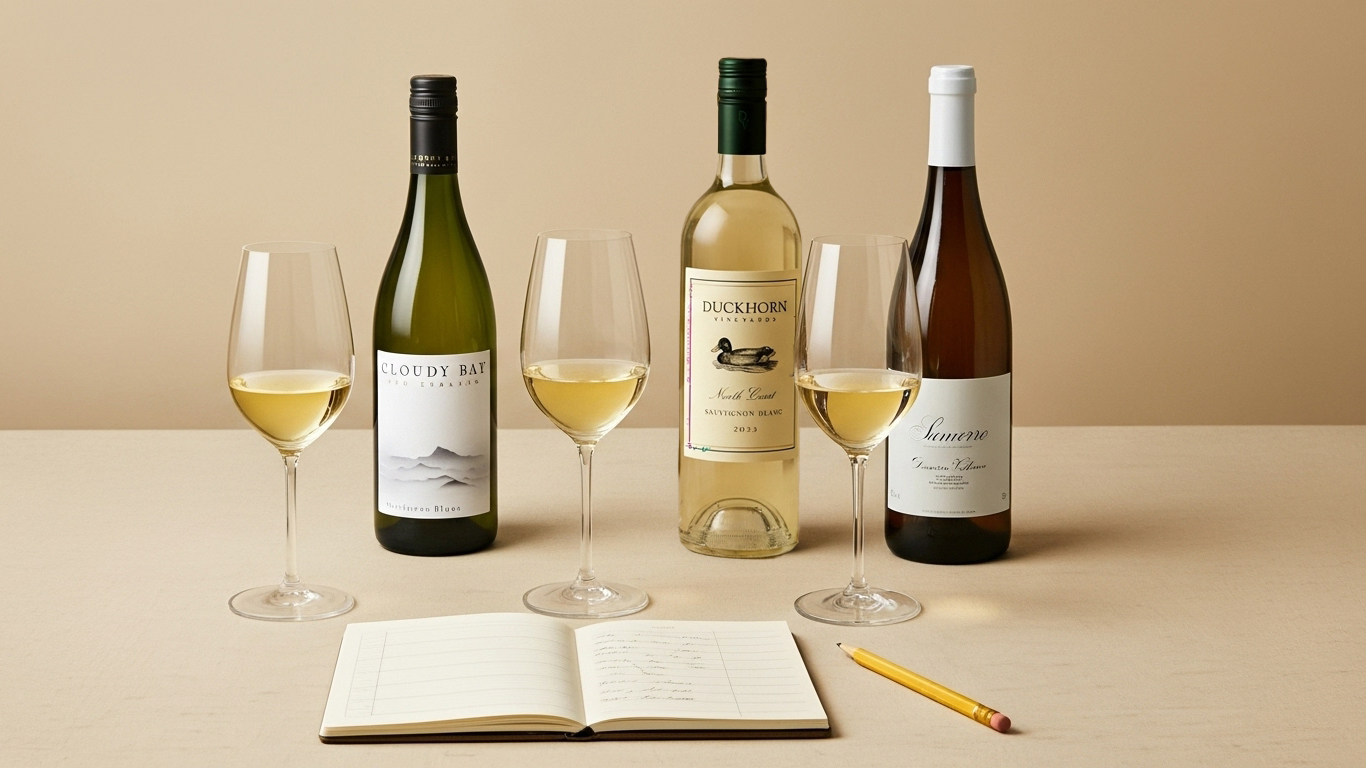

Memory Training for Wine Drinkers
Most wine drinkers think tasting is about what happens in the glass.
But real progress comes from what stays in your memory.
When you train your sensory memory, you start to recognize patterns faster, describe wines more clearly, and make better comparisons. Memory is what turns tasting into understanding.
What you'll learn today
- How to strengthen your sensory recall through repetition
- Simple drills that improve memory retention
- A framework to connect today’s tasting to past experience
Why Memory Matters
Every time you taste, your brain records thousands of small details — smell, texture, acidity, tannin, aftertaste. But unless you practice recall, those impressions fade fast.
That’s why tasting often doesn’t automatically make you better. You need to connect today’s wine to what you’ve tasted before. When you strengthen recall, your palate learns to spot familiar clues without guessing. It’s how you build tasting confidence that lasts.
How Wine Memory Works
You use three kinds of memory when tasting:
- Immediate memory — what you sense in the moment.
- Short-term memory — what you can recall minutes or hours later.
- Long-term memory — what sticks for weeks or months when you taste something similar.
Each level builds on the last. The more you revisit wines, the more your brain locks in reliable reference points. That’s how professionals identify grapes, regions, or quality without needing a label.
How to Train Your Sensory Recall
Exercise 1: Describe, Then Verify
Take a sip and quickly write three words that describe aroma, flavor, and texture.
Then read the winery or critic’s note and see where you match or differ.
This helps you measure what your brain actually remembers instead of what you think you noticed.
Exercise 2: Flash Recall Drill
Line up three wines. Smell each for five seconds, one after the other.
Close your eyes and name one main aroma from each.
Repeat daily with new wines. You’ll start to notice recall gets faster and more accurate.
Exercise 3: The Memory Ladder
Pick one grape, like Sauvignon Blanc.
Taste one bottle per week from different regions.
Write what stands out each time.
After a month, test yourself — describe the grape from memory.
You’ll be surprised how much your brain connects across tastings.
Build a Sensory Library
Keep a small notebook or digital log. Write down specific references — not “fruity” or “nice,” but green apple, lime, wet stone.
Each entry becomes a “memory card” for your palate.
Revisit older notes and try recalling the wine before reading them.
This practice moves information from short-term to long-term memory, where it stays ready for comparison.
Common Mistakes to Avoid
- Relying too much on written notes without testing recall
- Tasting too many wines at once — overload weakens memory
- Using vague language instead of specific, real-world references
- Skipping repetition — tasting a style once doesn’t lock it in
How to Track Your Progress
- Can you describe wines faster or with more confidence?
- How many aromas can you recall without notes?
- When you retaste a grape after months, how much do you remember?
Progress isn’t about perfection — it’s about noticing that recall feels easier and your language gets sharper.
Final Takeaway
Memory is the bridge between tasting and understanding.
The more you train it, the stronger your palate becomes.
Taste actively. Recall often. Compare constantly.
That’s how you turn experience into skill.

